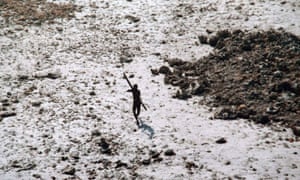
Many people know the overall idea of the Dust Bowl. The fact it lasted for almost a decade, and that it also happened at the time of The Great Depression. The one question I always thought about was what individuals had to live with during the Dust Bowl, and afterwards. With a great amount of research I found out quite a chunk of information.
While reading the Grapes of Wrath, I learned the elderly had quite a hard time with the environment during this time. While researching I found out children in the euro actually had a higher mortality rate compared to the elderly. Pregnant mothers lacked the nutrients for their baby to thrive, which then lead to miscarriages. Even after the dust bowl, women who survived had a large reduction in fertility. Many women gave birth to an average of roughly 0.3 fewer children over their lifetime. On the contrary, women who weren't exposed started the Baby Boom.
Survivors struggled in their later years. These people were two times more likely to experience physical and cognitive disabilities. Also one and a half more times likely to be living below the federal poverty line. Lastly. they were two times less likely to finish college. During that only 15% of American's earned a degree. Which is absolutely crazy to think about! Over 80% of individuals in today's world earn a degree.
The main diseases and sicknesses during this time were measles, strep throat, eye infections, meningitis, asthma and dust pneumonia. These diseases became very prevalent during the 1930's. Dust pneumonia was a much deadlier disease than modern day pneumonia. Many of the symptoms didn't appear until just before death. A patient would usually have a common fever, which would quickly spike, and attack the body from the inside. The individual would be dead in a matter of hours.
Today many refugees face almost the same problems today. Except many of these illnesses today can be cured easily. The World Health Organization made a great article that describes the illnesses migrants face in great detail.

